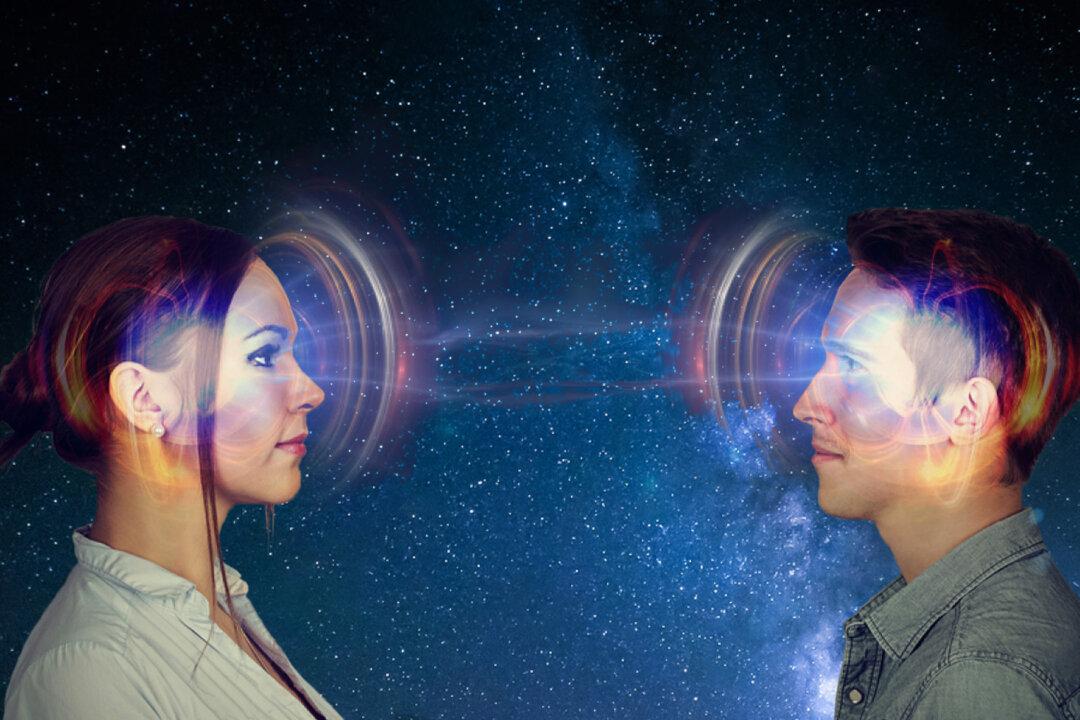Professor of aerospace science and dean emeritus of the School of Engineering and Applied Science at Princeton University Robert G. Jahn unexpectedly began studying psychic phenomena some 30 years ago.
One of his best students asked him to supervise her research on psychokinesis. She planned to use her expertise in computer science and electrical engineering in the study. Though Jahn had no experience with psychic phenomena personally or professionally, he agreed and helped her forge a scholarly path.






